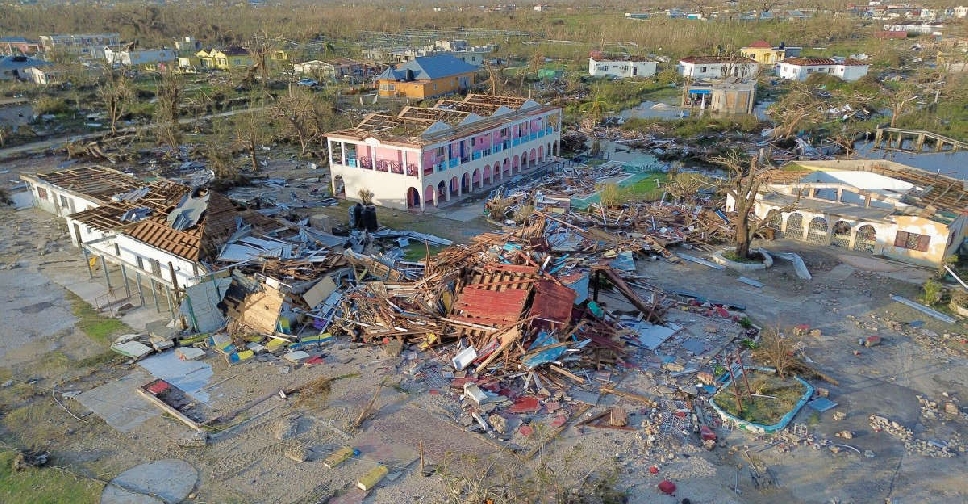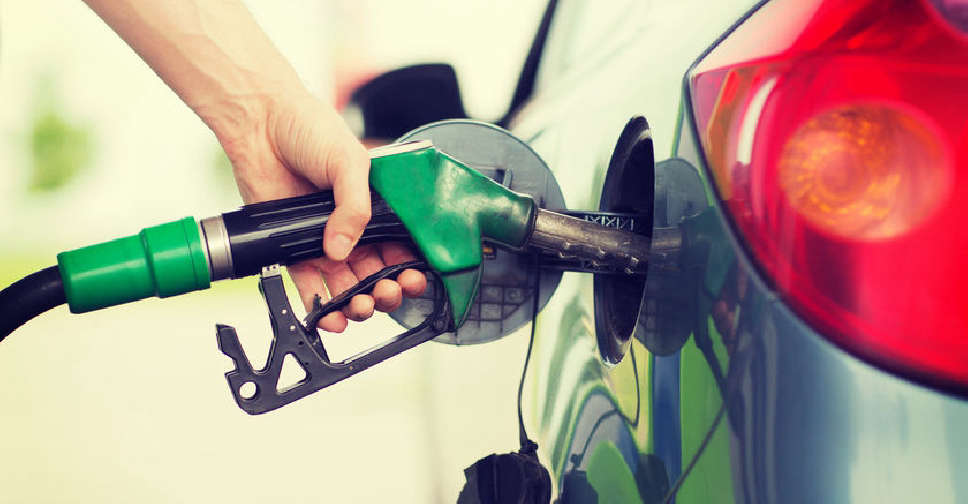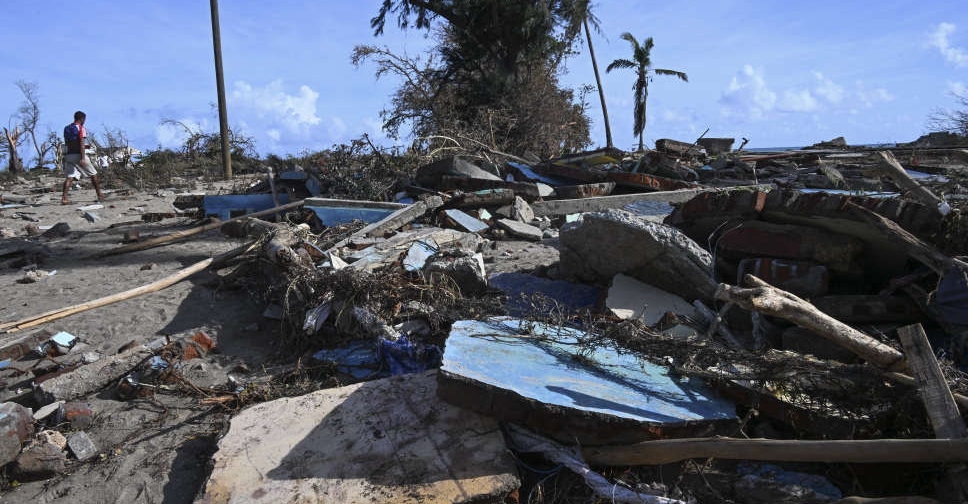
Hurricane Melissa's confirmed death toll has climbed to 49, according to official reports, after it wreaked destruction across much of the northern Caribbean and headed towards Bermuda.
Authorities in Haiti, which was not directly hit but nevertheless suffered days of torrential rains from the slow-moving storm, reported at least 30 deaths and 20 more missing.
At least 23 people, including 10 children, died in Haiti's southern town of Petit-Goave when a river burst its banks. Roads, houses and farmlands were also damaged by the rains.
Jamaica's information minister confirmed at least 19 deaths, but said authorities were continuing search and rescue efforts. The storm left hundreds of thousands without power, ripped roofs of buildings and scattered fields with rubble.
Jamaica's military has called on reserve personnel to report for duty to help with relief and rescue operations.
Melissa made landfall in southwestern Jamaica on Tuesday as a powerful Category 5 hurricane, the Caribbean nation's strongest-ever storm to directly hit its shores, and the first major hurricane to do so since 1988.
Windspeeds were well above the minimum level for the strongest hurricane classification. Forecasters at AccuWeather said it tied in second place for strongest-ever Atlantic hurricane on record in terms of windspeed when in struck land.
The forecaster estimated $48 billion to $52 billion in damage and economic loss across the western Caribbean.
Melissa also hit eastern Cuba, where some 735,000 evacuated, but as of Thursday, no deaths were reported there, despite extensive damage to homes and crops.
At 11:00 pm (0300 GMT), Melissa was a Category 2 storm 264 km west of the North Atlantic British island territory of Bermuda, according to the US National Hurricane Centre, packing maximum sustained winds of 161 kph.
Residents in Bermuda had remained calm as the storm was expected to give the island a relatively wide berth. Authorities said they would close its causeway Thursday night and shut schools and ferries on Friday "out of an abundance of caution."
In the Bahamas, which Melissa cut through Wednesday night, authorities lifted storm warnings but did not give the "all clear". An official said authorities expected to decide by Saturday whether it was safe for the hundreds of people who evacuated off affected islands to return to their homes.
WADING BAREFOOT THROUGH MUD
The front page of Thursday's Jamaica Observer newspaper read: "DEVASTATION".
Densely populated Kingston was spared the worst damage. Its main airport was set to reopen on Thursday, as was the capital's port. Relief flights and aid had begun to flow into Jamaica's airports, authorities said.
But across the country, more than 130 roads remained blocked by trees, debris and electric lines, authorities said, forcing the military to clear roadways on foot into isolated areas, with ambulances following close behind.
Satellite imagery showed swaths of trees and homes devastated in the hardest-hit areas of Jamaica, sparse remaining greenery defoliated and most structures destroyed.
In a neighbourhood of the island's Montego Bay, 77-year-old Alfred Hines waded barefoot through thick mud and debris as he described his narrow escape from the rising floodwaters.
"At one stage, I see the water at my waist and (after) about 10 minutes time, I see it around my neck here and I make my escape," he told Reuters on Wednesday. "I just want to forget it and things come back to normal."
In western parts of the island, people crowded by supermarkets and gas stations to fill up on supplies.
"Montego Bay hasn't got any petrol. Most of the petrol stations are down," British tourist Chevelle Fitzgerald told Reuters, adding it took her at least six hours to cross the 174 km to Jamaica's capital.
"The highway was closed. You had some blockage on the road and trees falling down," she said.
Over 70 per cent of electrical customers in Jamaica remained without power as of Thursday morning, said Energy Minister Daryl Vaz, with power lines felled across the island's roadways.
Many schools remained without power or water, officials in the capital Kingston said.
IMMEDIATE HUMANITARIAN AID
Scientists say hurricanes are intensifying faster with greater frequency as a result of warming ocean waters caused by greenhouse gas emissions. Many Caribbean leaders have called on wealthy, heavy-polluting nations to provide reparations in the form of aid or debt relief.
Despite the UN setting up a fund for developing nations to quickly access reliable financing for more extreme weather events in 2023, donations have not met targets.
US forecaster AccuWeather said Melissa was the third most-intense hurricane observed in the Caribbean, as well as its slowest-moving, compounding damages for affected areas.
US search and rescue teams were headed for Jamaica on Thursday to assist in recovery efforts, Jamaican authorities said. US Secretary of State Marco Rubio said the US was prepared to offer "immediate humanitarian aid" to the people of Cuba, a long-time US foe.
Authorities in Cuba - which Melissa struck in the night as a Category 3 storm - said they were "awaiting clarification on how and in what way they are willing to assist".
At least 241 Cuban communities remained isolated and without communications on Wednesday following the storm's passage across Santiago province, according to preliminary media reports, affecting as many as 140,000 residents.
Residents of Santiago, Cuba's second-largest city, began returning to repair their homes. Authorities had evacuated 735,000 people to shelters outside the hurricane's cone and relocated tourists in northern cays to inland hotels.

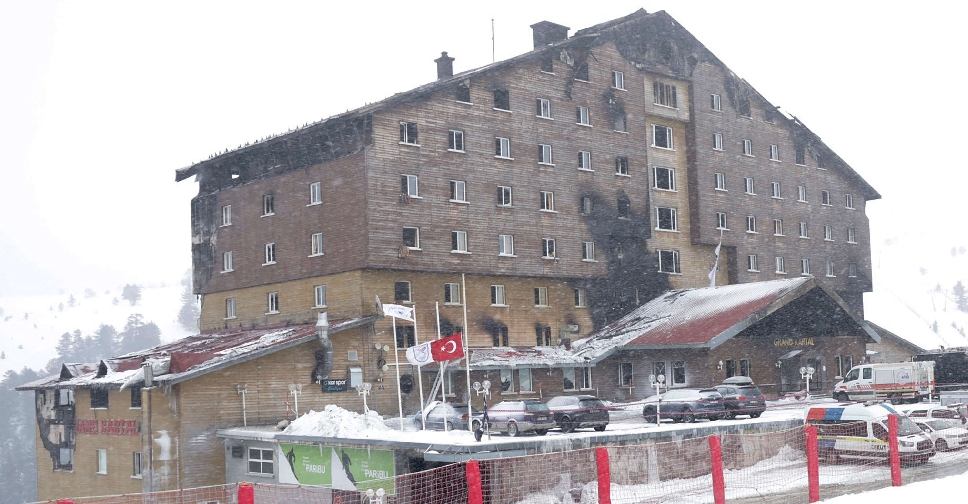 Turkey sentences 11 people to life in prison over ski resort hotel fire
Turkey sentences 11 people to life in prison over ski resort hotel fire
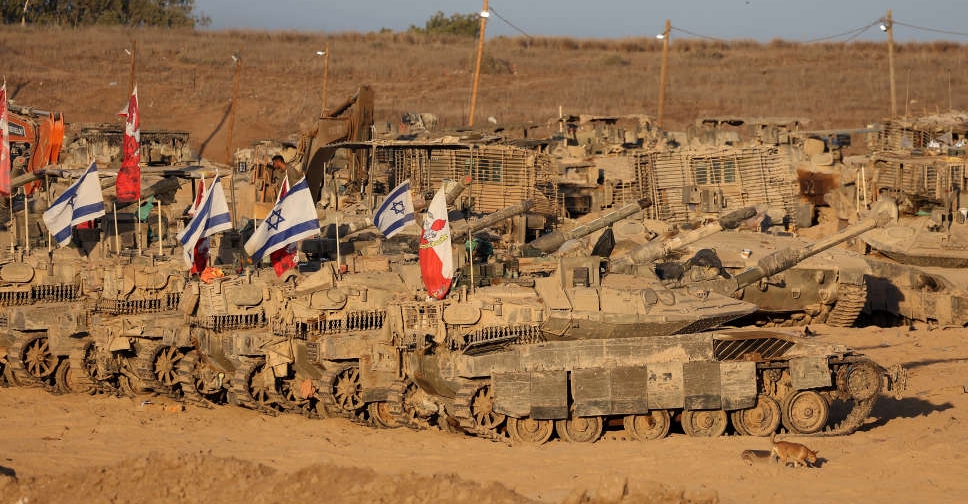 Israel launches more strikes on Gaza overnight, testing fragile truce
Israel launches more strikes on Gaza overnight, testing fragile truce
 Trump-Putin summit cancelled, FT reports
Trump-Putin summit cancelled, FT reports
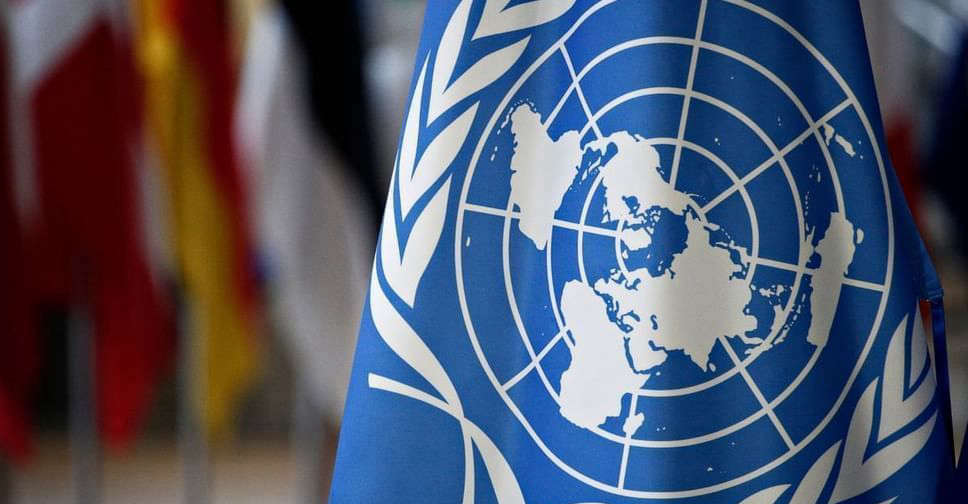 Houthis say 43 detained UN staff to face trial over Israeli attack
Houthis say 43 detained UN staff to face trial over Israeli attack
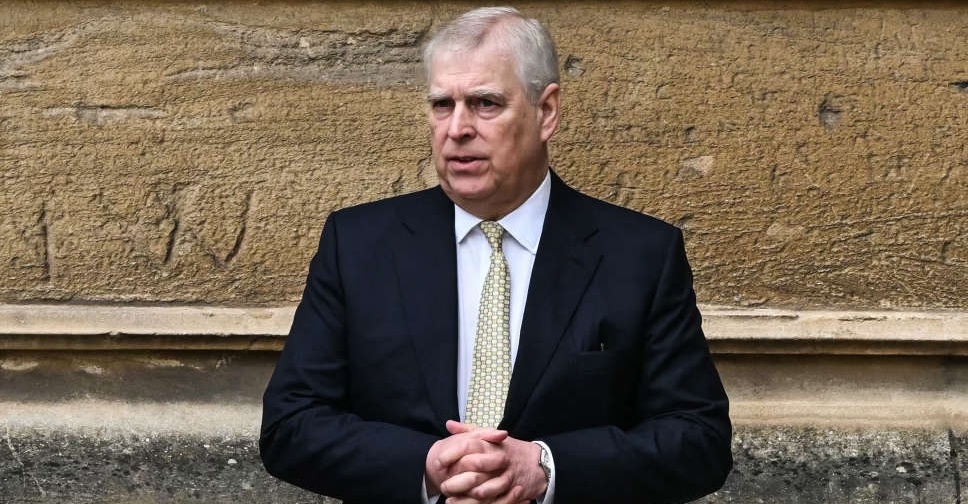 King Charles strips brother Andrew of titles and his mansion
King Charles strips brother Andrew of titles and his mansion
